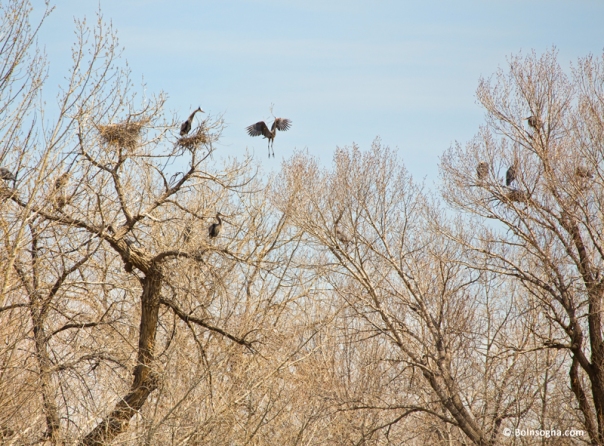Blog Archives
American Bald Eagle Watching
American Bald Eagle watching at McIntosh Lake in Longmont Colorado, Boulder County. It Was really fun watching this wild animal hang out in the autumn cottonwood tree, it did not bother him at all that we were near by.
4 image collage, poster type print. Colorado fine art wildlife photography poster prints, decorative canvas prints, acrylic prints, metal prints, corporate artwork, greeting cards and stock images by James Bo Insogna (C) – All Rights Reserved.
Great Blue Heron Nest Building
Spring is such a great time of year for bird watching. One of my most favorites to watch are the Great Blue Herons in Boulder County, Colorado. You can watch these birds for hours as they fly in and out of the nest to the ground grabbing sticks for their nest. An amazing sight to see like watching prehistoric animals in flight.
Here are some great Blue Heron Facts. Hope you enjoy these images and information.
The Great Blue Heron belongs to a large family that includes herons, egrets, and bitterns. This world-wide family has about 60 species. The Great White Heron of Florida is a local color variation of the Great Blue and belongs to the same species.
The Great Blue Heron’s long legs allow it to hunt in deeper water than most other herons and egrets.
Great Blue Herons lay from three to seven eggs, but the usual number is four.
The Great blue Heron has special neck vertebrae that allow the neck to curl into an “S” shape, and its structure allows a lightning-quick strike at prey. In flight the neck is folded back into the S-shape and the legs are stretched out behind them.
Great Blue Herons can hunt day and night thanks to a high percentage of rod-type photoreceptors in their eyes that improve their night vision
Great Blue Herons typically breed in colonies containing a few to several hundred pairs. Nest building begins when a male chooses a nesting territory and actively displays to attract a female. The large nest is usually built high up in a tree. The male gathers sticks for the female who constructs a platform nest lined with small twigs, bark strips, and conifer needles. The female lays 2-6 pale blue eggs, then both parents incubate them for 25-29 days (4 weeks) until the young hatch. The parents bring food to young at the nest for two months before the young can fly and continue feeding the birds for a few weeks after fledging the nest.
Bald Eagle Blues Into The Night
Bald Eagle Blues Into The Night. American Bald Eagle on a blue textured background. Composite image. June 28, 2007 – The Department of Interior took the American bald eagle off the endangered species list. The bald eagle is a member of the sea and fish eagle group. Both male and female adult bald eagles have a blackish-brown back and breast; a white head, neck, and tail; and yellow feet and bill. Bald eagles can live a long time, with a longevity record of 28 years in the wild and 36 years in captivity.
Fine Art Prints available On-line – Bald Eagle Blues Into The Night – James Bo Insogna
American Bald Eagle Blues
American Bald Eagle on a blue textured background. Composite image. June 28, 2007 – The Department of Interior took the American bald eagle off the endangered species list. The removal of the bald eagle from the Federal List of Endangered and Threatened Wildlife and Plants will become effective 30 days after publication in the Federal Register. The bald eagle (Haliaeetus leucocephalus) is a member of the sea and fish eagle group. Both male and female adult bald eagles have a blackish-brown back and breast; a white head, neck, and tail; and yellow feet and bill.
Read the rest of this entry
Bald Eagle Blues
American Bald Eagle on a blue textured background. Composite image. June 28, 2007 – The Department of Interior took the American bald eagle off the endangered species list. The removal of the bald eagle from the Federal List of Endangered and Threatened Wildlife and Plants will become effective 30 days after publication in the Federal Register. The bald eagle (Haliaeetus leucocephalus) is a member of the sea and fish eagle group. Both male and female adult bald eagles have a blackish-brown back and breast; a white head, neck, and tail; and yellow feet and bill. ( Prints online – Bald Eagle Blues)
American Bald Eagle
American Bald Eagle strait on head shot with an American USA red white and blue flag background. Bald eagles can fly to an altitude of 10,000 feet. During level flight, they can achieve speeds of about 30 to 35 mph. Wild bald eagles may live as long as thirty years. All eagles are renowned for their excellent eyesight. Fidelity – Once paired, bald eagles remain together until one dies.















